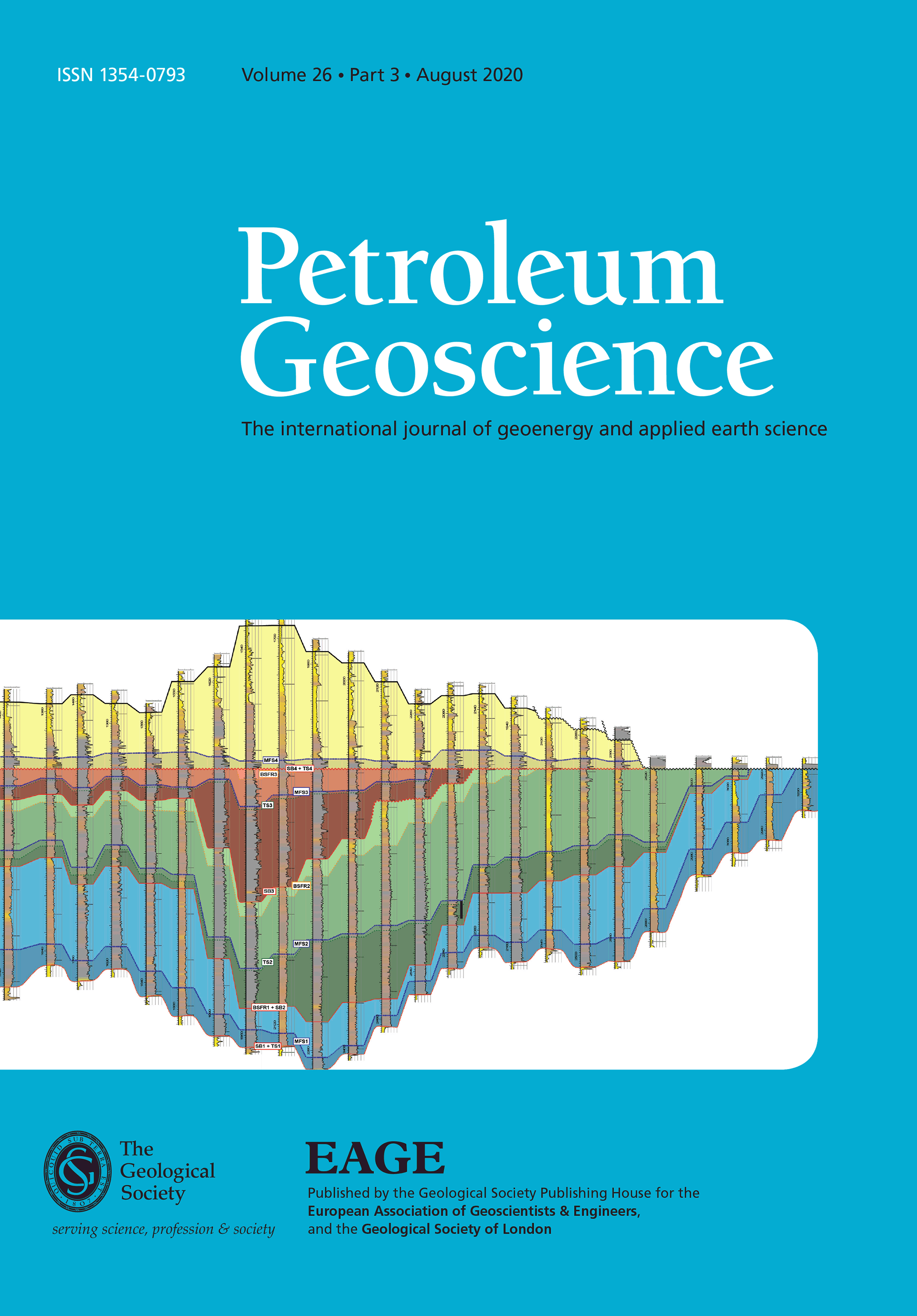
Full text loading...
The early Miocene Wadi Waqb carbonate in the Midyan Peninsula, NE Red Sea is of great interest not only because of its importance as an archive of one of the few pre-salt synrift carbonate platforms in the world, but also as a major hydrocarbon reservoir. Despite this importance, little is known about the diagenesis and heterogeneity of this succession. This study uses petrographical, elemental chemistry, stable isotope (δ13C and δ18O) and clumped isotope (Δ47) analyses to decipher the controlling processes behind the formation of various diagenetic products, especially dolomite, from two locations (Wadi Waqb and Ad-Dubaybah) that have experienced different diagenetic histories. Petrographically, the dolomites in both locations are similar, and characterized by euhedral to subhedral crystals (50–200 µm) and fabric-preserving dolomite textures. Clumped isotope analysis suggests that slightly elevated temperatures were recorded in the Ad-Dubaybah location (up to 49°C), whereas the Wadi Waqb location shows a sea-surface temperature of c. 30°C. These temperature differences, coupled with distinct δ18OVPDB values, can be used to infer the chemistry of the fluids involved in the dolomitization processes, with fluids at the Wadi Waqb location displaying much higher δ18OSMOW values (up to +4‰) compared to those at the Ad Dubaybah location (up to −3‰). Two different dolomitization models are proposed for the two sites: a seepage reflux, evaporative seawater mechanism at the Wadi Waqb location; and a fault-controlled, modified seawater mechanism at the Ad-Dubaybah location. At Ad-Dubaybah, seawater was modified through interaction with the immature basal sandstone aquifer, the Al-Wajh Formation. The spatial distribution of the dolostone bodies formed at these two locations also supports the models proposed here: with the Wadi Waqb location exhibiting massive dolostone bodies, while the dolostone bodies in the Ad-Dubaybah location are mostly clustered along the slope and platform margin. Porosity is highest in the slope sediments due to the interplay between higher precursor porosity, the grain size of the original limestone and dolomitization. Ultimately, this study provides insights into the prediction of carbonate diagenesis in an active tectonic basin and the resultant porosity distribution of a pre-salt carbonate reservoir system.

Article metrics loading...

Full text loading...
References


Data & Media loading...

